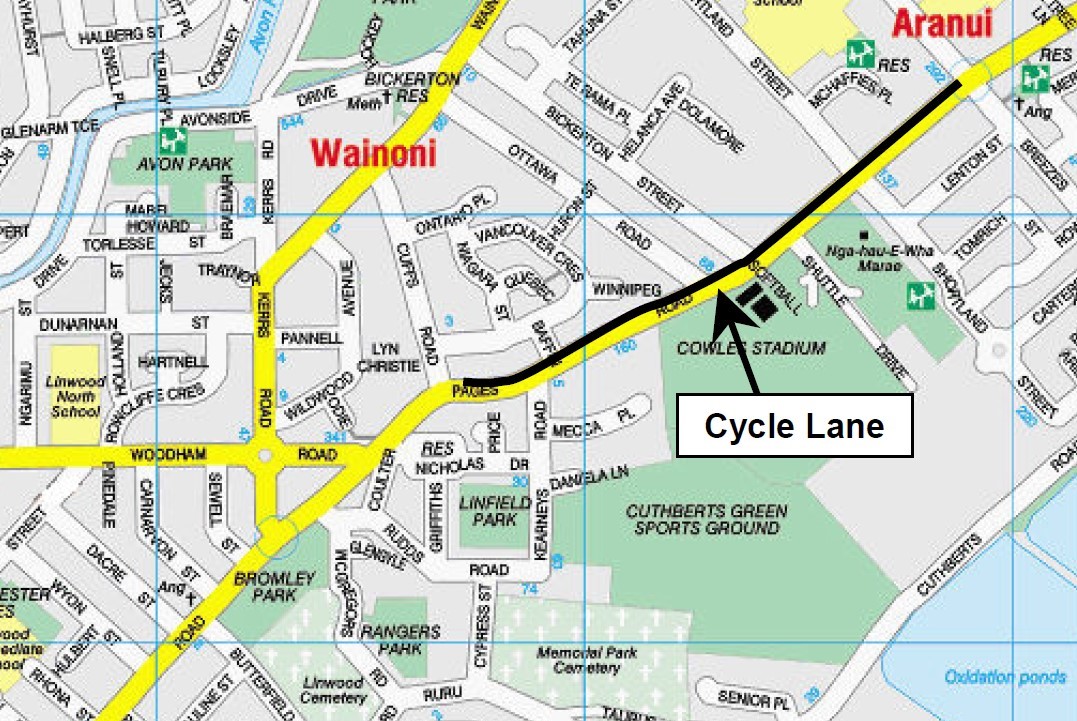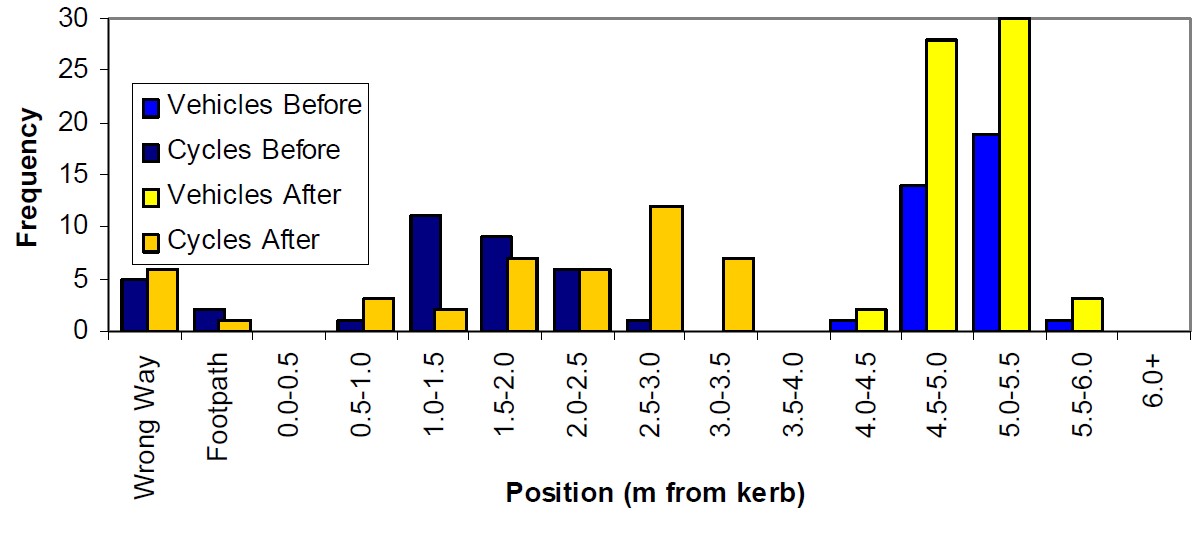The effects of the Pages Road cycle lane on cyclist safety and traffic flow operations
Where presented / published:
IPENZ Transportation Conference 2006, Queenstown
Abstract
This paper discusses the effects the installation of an on-road cycle lane had on traffic flow operations and the safety of its users. Three types of safety have been investigated: inferred safety, based on measurable flow characteristics; perceived safety, based on road users' opinions; and actual safety, based on observed crash rates.
Measurements of two traffic flow characteristics, motor vehicle speed and motor vehicle positioning, were used to give a measure of the cycle lane's inferred safety. A qualitative opinion survey of residents living near the cycle lane was used to gauge perceived safety. An analysis of crash history of similar cycle lane sites compared with control sites was used to predict the effects the Pages Road cycle lane would have on actual cyclist safety. This paper focuses mainly on inferred safety and does not go into great detail about the perceived and actual safety measures.
It was found that mean motor vehicle speeds decreased by 0.9 km/h for the peak periods and 1.5 km/h for off-peak periods. This decrease in motor vehicle speed corresponded to an increase in inferred cyclist safety. However, motor vehicle positioning, another measure of inferred safety, decreased when cyclists were present after the cycle lane installation, as a lower proportion of cyclists used the footpath or parking space.
Residents' opinions indicated no significant change in cyclists' perceptions of safety but those who were motorists perceived an increase in safety.
Crash history data of cycle lane sites compared to control sites indicated that cycle lanes had only a limited effect on cycle safety, as while cycle lane sites displayed a reduction in crash frequency the control sites displayed greater reductions. However several aspects of the method of analysis used and selection of control sites may have affected the accuracy of the actual safety investigation. More detailed analysis of crash history would be required to properly judge the effects of cycle lanes on actual safety.
This paper is available on this website.





